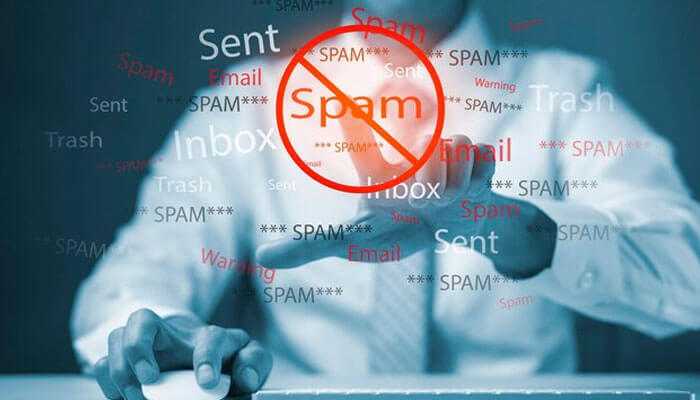What is a Spam Trap?
Email marketing is a powerful tool, but there’s a lurking threat called the spam trap that can destroy your efforts. Falling into a spam trap can harm a sender’s reputation and lead to their emails being marked as spam, making it important for email marketers to steer clear of these traps by following good email practices.
In this article, we’ll learn the secrets of staying out of the spam folder and ensuring your emails reach the right audience. Let’s explore what a spam trap is and how to avoid it.
In simple terms, a spam trap is like a hidden net that email providers use to catch and identify spammers. Those who don’t follow proper email practices are drawn to this email address. If a sender emails this trap without permission or uses outdated lists, it signals to the email provider that they might be a spammer.
There are three main types of Spam Trap:
1. Pristine spam traps specifically target new email addresses, referring to accounts that have never been used for legitimate communication before. Spammers are the ones sending unsolicited emails to these addresses. When receiving emails, pointers identify poor email practices that can potentially harm a sender’s reputation and cause the emails to be marked as spam.
2. Recycled spam traps are email addresses that were once valid but have become inactive over time. Email providers repurpose these addresses into traps to identify senders with outdated or disengaged email lists. Sending emails to recycled spam traps can negatively impact the sender’s reputation and deliverability.
3. Spammers create typo traps by deliberately crafting email addresses with common typos or mistakes to deceive recipients into receiving unwanted spam messages. They serve to catch senders who are not meticulous with their email lists. Ineffective list management practices can result from typo addresses and potential inaccuracies in the email list, causing emails to be identified as spam.
How to Avoid Spam Trap?
Senders typically trigger spam traps when they engage in poor email practices. To avoid them and prevent any negative impact on your business, we suggest using the following best practices:
1. Avoid importing contacts for whom you lack proof of opt-in collection. Ensuring explicit consent from each contact helps maintain a healthy sender-receiver relationship, fostering trust and compliance with email marketing best practices.
2. Adhere to GDPR by refraining from purchasing or renting contact lists. Prioritize sending emails only to individuals who have willingly opted in to receive communication from you, fostering a more engaged and compliant audience.
3. Before launching a campaign, conduct spam tests. We recommend using the Inbox Insight tool to use GlockApps to identify potential issues that might trigger spam filters. Check preventively to keep your emails from ending up in the spam abyss. Just create an account and get 2 free spam tests, and then you’ll be notified if there is a problem with your email deliverability.
4. Increase the security of your subscription forms by adding ReCaptcha to prevent bots. This measure gives an extra layer of protection, ensuring a more reliable and genuine subscriber base.
5. Write concise subject lines and content that directly align with your audience’s expectations. Avoid using all caps, excessive exclamation marks, and spam-triggering words. Spam filters love clarity and relevance.
6. Regularly monitor engagement metrics like open rates, click-through, and bounce rates. Analyzing these indicators helps you understand subscriber behavior and refine your marketing strategies accordingly.
Bottom Line
Identify any spam traps and block them immediately, because it’s not just about following rules, it’s about maintaining a positive reputation and fostering a good relationship with your audience. By implementing these best practices, you not only stay out of the spam folder but also build trust and engagement, ensuring your marketing campaign makes a meaningful impact.



